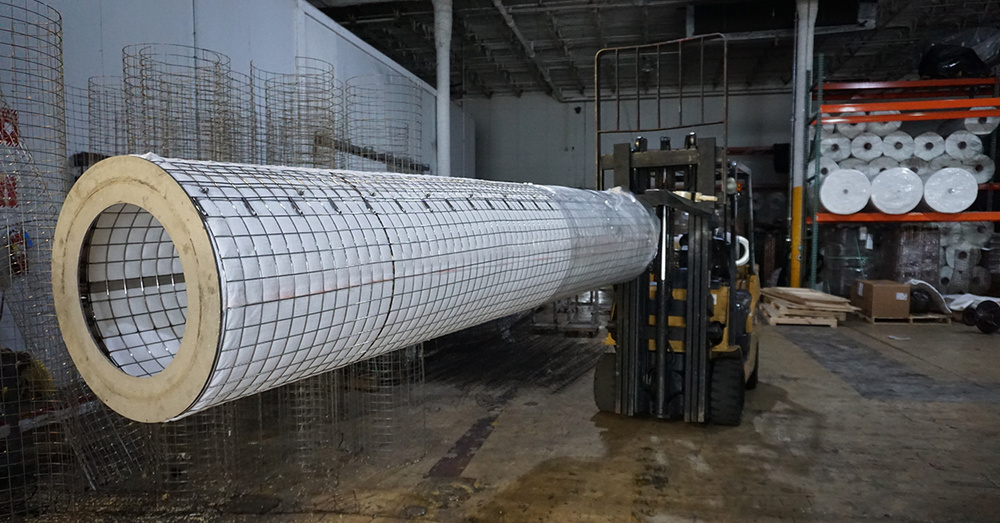
Mist eliminators are vital in gas washing plants and several process operations. Since the introduction of stricter environmental laws to significantly limit the expulsion of polluting gasses from gas-washing plants, mist eliminators have become more vital than ever. Mist eliminators can separate droplets as fine as 10 micrometers or less, and it does so without generating too much pressure. Mist eliminators are used for a variety of purposes. Understanding the function and level of performance required from a mist eliminator filter helps design and plan for the mist eliminators.
Before designing a mist eliminator filter, it helps to gain an understanding of how droplets are formed and how they flow in a gas. Several different factors need to be considered before choosing the best method to eliminate droplets from gas. Some of these are:
- Size of the droplets
- Pressure drop
- The capability of the separator to handle liquid
How to Select the Right Mist Eliminator
Liquid droplets are created in different sizes depending on how they were formed. There are three major categories of droplets based on their size: fogs, mists, and sprays. When the droplets created are of a size less than 3 microns, they are categorized as fog. Sizes of droplets between 3 microns and greater are termed a mist. Lastly, those droplets that are larger than 20 microns are called a spray.
The mist eliminator is chosen depending on whether the droplets are fog, mist, or spray, the mist eliminator is chosen. For instance, particles termed as mist would be best suited to a wire knitted mesh demister. On the other hand, for particles that are 20 micrometers or larger, vane-type mist eliminators are most commonly used.
There are many mist-eliminating devices available on the market today. One popular example is candle filters. Candle filters are made using a robust wire mesh made from stainless steel. They can filter out droplets of sizes 10 to 150 microns. A magnetic insert can be added to the candle filter for even greater filter fineness.
Another example of a separation system is a polymer filter candle. They are designed to get rid of solid impurities such as gels. They are popularly used in the textile and plastic industries, among others. There are various types of polymer candle filters as well, namely pleated wire mesh candle filter and pleated sintered fiber candle filter. The filters usually need to tolerate extremely high pressures and temperatures.
The entire process or application can become compromised if a filter’s performance and strength are unreliable. To find reliable and robust technology, visit our website, where you can find the best mist-eliminating device for your needs!

No comments yet